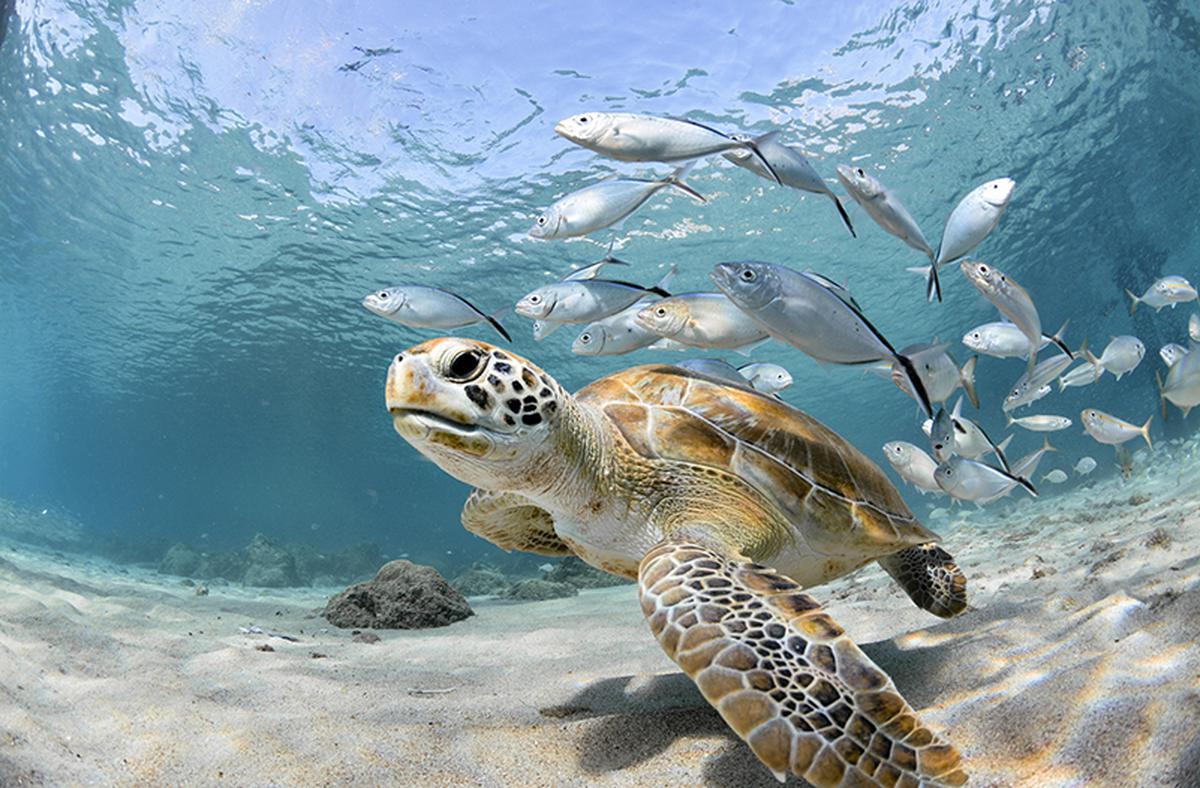
Origins of acoustic communication date back 400 million years
The Hindu
Acoustic communication in vertebrates can be traced back to their last common ancestor.
Sounds such as birdsong or a frog’s croak have been extensively studied to decode the ways through which animals communicate. Recent research in the world of animal behaviour has shown that more animals use sound to communicate than previously anticipated.
Using acoustics to communicate has not only been observed in land vertebrates but also in reptiles, amphibians and fishes. It plays an important role in the animal kingdom with regard to parental care, mate attraction and other behaviours.
So when did animals evolve to use sound as a way of communication?
A new study, published in Nature, has found that the evolutionary origins of acoustic communication can be traced as far back as 400 million years.
An international team of scientists led by researchers from the University of Zurich looked at vocal recordings and contextual behavioural information of 53 species which have never been assessed before, along with literature on the acoustic ability of animals.
The scientists also examined animals that were previously thought to be non-vocal, such as the African lungfish which produces sound both in water and air, and certain types of turtles that can produce 15 different types of calls depending on the situation.
The 53 species studied encompassed the four major clades — groups of organisms composed of a common ancestor and all its descendants on the phylogenetic tree. The study included a variety of species, ranging from turtles and tuataras to caecilians and lungfish.











